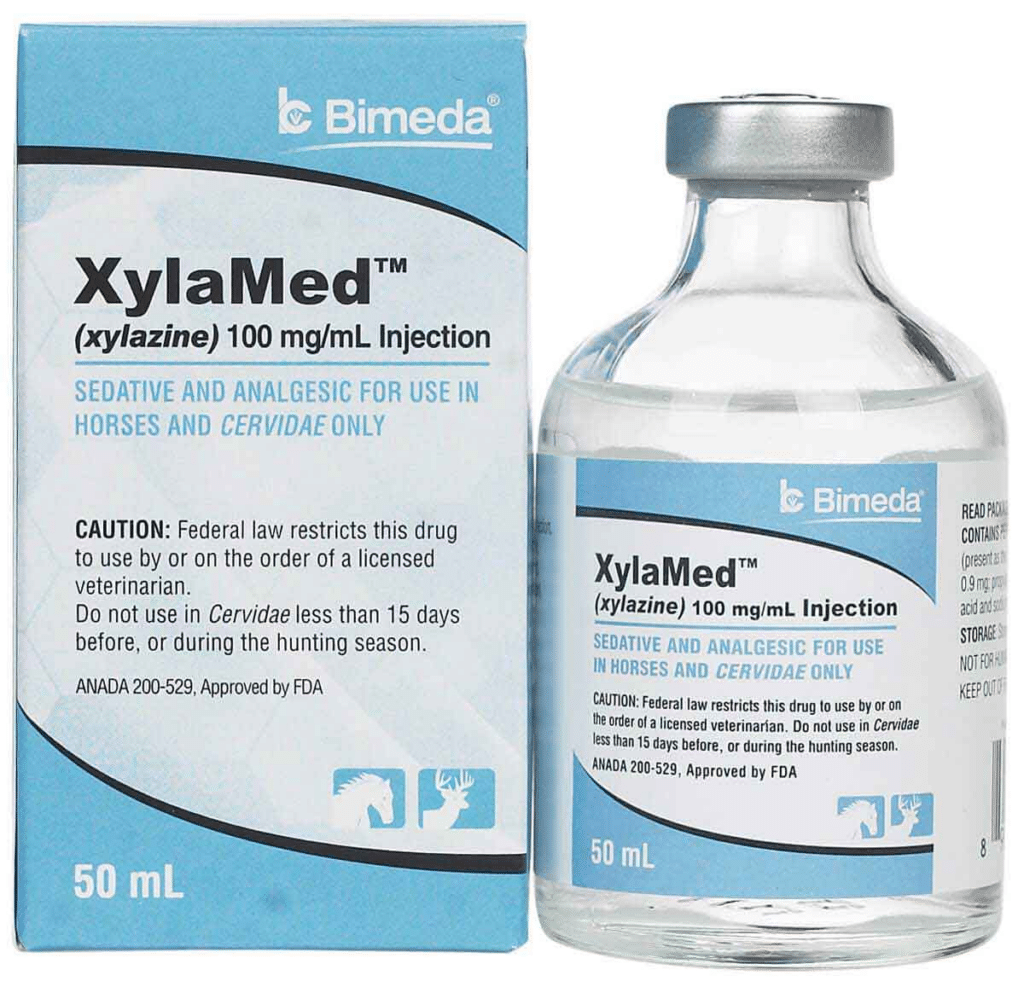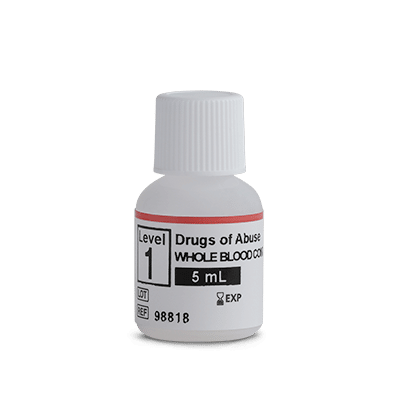
Opioid overdose deaths have been rising steadily in the United States since 2017. Starting from 21,089 deaths in 2010, the amount grew to 47,600 by 2017. Recent years have seen consistent record-breaking highs: 68,630 reported deaths in 2020 and 80,411 in 2011.
Nearly 75% of U.S. drug overdose deaths in 2020 involved an opioid, continuing what’s known as the “third wave” of U.S. overdose deaths where synthetic opioids began to supplant commonly prescribed opioid medications as the main driver of mortality. The third wave has been in effect since 2013.
With added mental health and financial pressures arising from the pandemic, more people are at risk than ever before. Significant new threats have the potential to fuel further mortality records in 2023.
Let’s review some of the latest threats to emerge from the opioid epidemic.

Animal Tranquilizer Xylazine Stands Out as Latest Opioid Epidemic Threat
Xylazine is used as a sedative and anesthetic for large mammals including horses and cattle. It also has limited application as an emetic in cats. Becoming known as the “zombie drug” in recent media reports, it can cause necrosis at the injection site while producing excessive drowsiness in users.
Called “tranq” on the street, xylazine is showing up as an adulterant in synthetic opioids, particularly fentanyl. Although few jurisdictions have widespread testing for xylazine, the Drug Enforcement Administration (DEA) estimates it was involved in more than 2,700 overdose deaths in 2021.
Some See Opioids, Especially Fentanyl, as Top Public Health Concern in U.S.
In a new Axios-Ipsos survey, 37% of respondents listed fentanyl and other opioids as the top public health threat facing the United States. Lawmakers in both parties indicate a willingness to pursue legislative remedies to stem the tide of fentanyl.
Recent Centers for Disease Control and Prevention data estimates nearly 107,500 drug overdose deaths in the United States in the 12-month period ending August 2022. This substantially outpaced the figures from before the pandemic, but was a slight decrease from the previous year.
President Biden has called on Congress to permanently categorize fentanyl as a Schedule I drug. The current Schedule I classification is expected to expire in December 2024 absent congressional action.
Laboratory Testing Must Evolve to Manage the Growing Opioid Crisis

In the coming years, forensic and clinical labs will be called upon to detect a growing variety of synthetic opioids. The right approach to testing is essential. In particular, tomorrow’s labs need to have the right technologies in place to ensure quality controls around drugs of abuse. UTAK offers that expertise.
UTAK Drugs of Abuse Level 1 whole blood toxicology control is intended for use as a control material to evaluate analytical test performance. As a whole blood matrix with a shelf life of 30 months, its storage temperature of 35-46°F makes it convenient and easy to use.
For patient communities facing elevated risk of fentanyl overdose, UTAK Fentanyl Analogues 2ng/ml whole blood toxicology control provides safe, accurate solutions for evaluating analytical test methods.
On February 3, 2023, DEA Special Agent John DeLena told Congress the drug crisis unfolding in American streets is unlike anything he’s seen in nearly 30 years of experience. According to his testimony, the Jalisco and Sinaloa cartels “pose the greatest criminal drug threat” ever faced in the United States.
The DEA seized approximately 10,000 pounds of fentanyl powder in 2022 and more than 50 million counterfeit pills containing fentanyl. The current crisis is likely to continue – but this time, forensic laboratories have access to the resources they need.
Contact UTAK to learn more about our forensic testing solutions.
